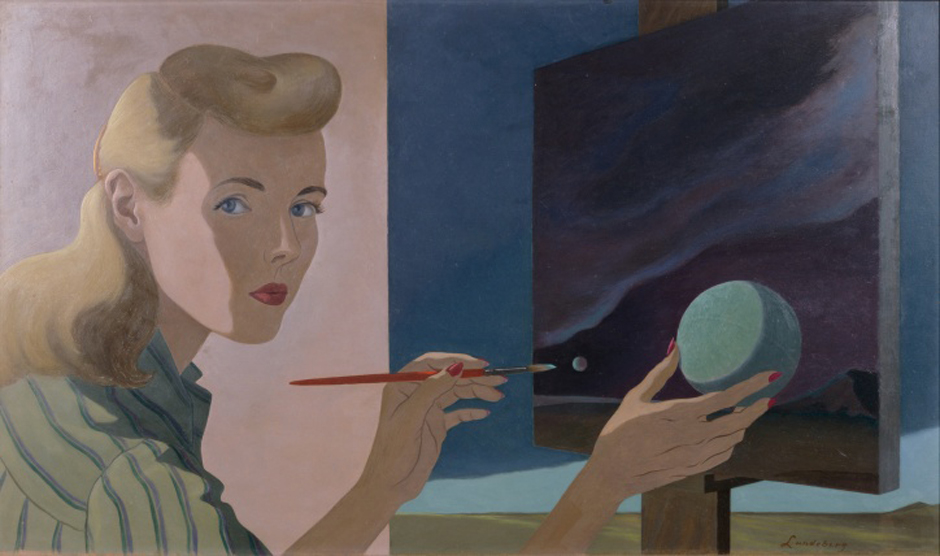 |
| Edgar Ewing "Vesalius as a Naval Surgeon" Oil on masonite |
This month's artwork selection is by California artist Edgar Ewing (1913-2006). Our local reader bought “Vesalius as a Naval Surgeon” on eBay for $110. The size 12” x 6” painting is an oil on board.
Edgar Louis Ewing was born in Nebraska. As a young art student, he attended the University of Chicago, where he was given an art fellowship to study in Europe. Ewing was heavily influenced by his travels through Europe was especially intrigued by the history of Spain, Greece, Rome. Ewing eventually moved to the West Coast where he began teaching at the University of Southern California. He painted and taught alongside many other painters of the mid-century.
This portrait is part of the well-known Vesalius Series by Ewing. Andreas Vesalius was an anatomist, physician, and author of the book on human anatomy entitled, De humani corporis fabrica (On the Workings of the Human Body). Vesalius is referred to as the founder of modern human anatomy.
It is claimed that in 1565, Vesalius performed an autopsy on an aristocrat in Spain while his heart was still beating. This was deemed so atrocious to Spain’s Emperor Charles V, that he condemned Vesalius to death.
The painting depicts an ominous five-pronged hook hanging above the portrait of Vesalius, who wears a traditional naval cap and coat. Ewing paints in his signature post-cubist style, deconstructing the forms. The palette of red and black reflect the dark subject of the painting.
In researching the appraised value of this painting, it appears Ewing’s work has sold for up to $5,700 at auction, but most paintings of this size have sold between $200-$400. His large masterworks are priced as high as $10,000 in private galleries.
“Vesalius as a Naval Surgeon” is in good condition with minor signs of dust but no abrasions or paint losses. In appraising this painting, an appraiser would consider the morbid subject which means it might only appeal to a small audience. This would limit the market value. If this painting were listed for sale in a gallery it would have an estimated Retail value of approximately $500-$700. A savvy, if sinister, investment indeed!
* READERS: This is not an official art appraisal. It is for informational purposes only. An appraisal is a legal document, generally for insurance purposes, written by a qualified expert who has examined the artwork in-person and is paid for by the owner of the item. An appraisal involves an extensive amount of research to establish authenticity, provenance, composition, method of construction, and other important attributes of a particular object. This article is restricted-use and is intended for educational purposes only. Any portion of this text CANNOT be reproduced or copied without the consent of the author.







